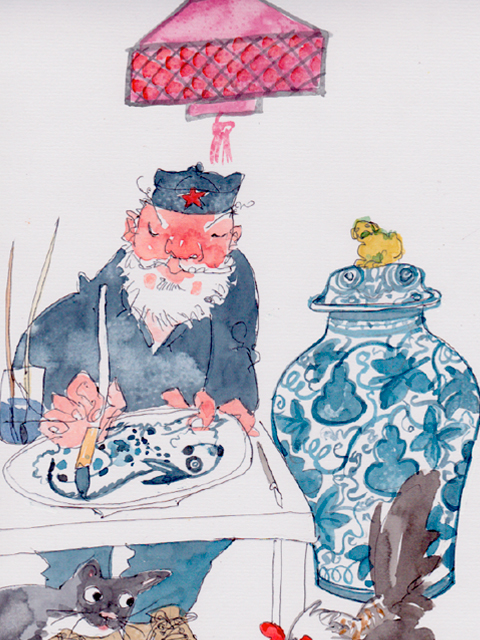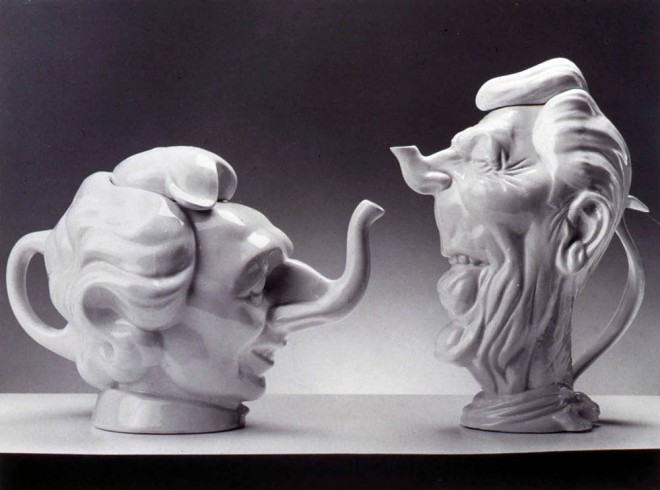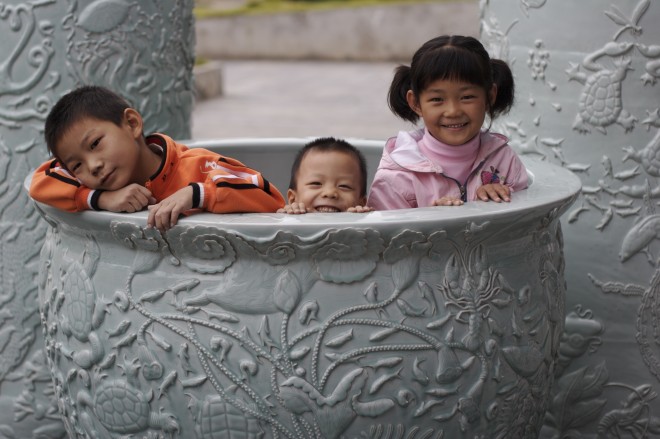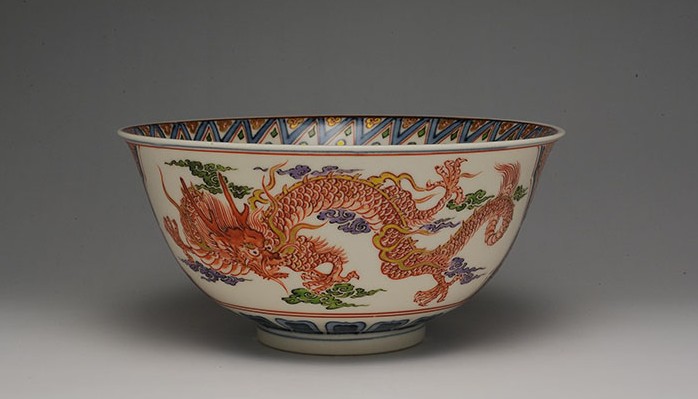Having swapped Spitting Image puppets for pottery, Roger Law falls for a piece of Japanese porcelain.

When I was a kid, we had a room we called the front room that no one was ever allowed into, except when we had visitors. And in that room was a glass case full of ceramics, including a Japanese bowl. It was exactly the same shape as this Ito Tozan I bowl that features in the Masters of Japanese Porcelain exhibition and had a similar blue underglaze. However, the one in our front room wasn’t as exquisitely done as this one, which was made for the Imperial Palace of the Japanese emperor. It was this front-room bowl that first attracted me to ceramics, and by 1979 I had made the first Spitting Image Margaret Thatcher teapot in Stoke-on-Trent, the home of Wedgwood.

I am now a full-time potter and make regular trips to Jingdezhen in China where I have a workshop. To the layperson, Japanese and Chinese pottery will be indistinguishable, because they influenced each other for centuries. For instance, in the late 1600s, the Chinese Imperial Palace was not patronising its potters in Jingdezhen and so, to earn a living, the Chinese started to produce work for the Japanese market. They sold very loose, blue and white brushwork ceramics to Japan, which went on to influence a lot of the country’s pottery.

The imagery on the Ito Tozan I bowl – the phoenix and the dragon – is common to Asian culture, but this particular design is very Japanese. The Japanese will divide a bowl up into sections. Here, they have put the phoenix on one side and a dragon on the other, with a border separating the two sections. With Chinese work, they would have made it meet perfectly round the back.

WHAT IS IT?
A porcelain bowl made in 1920 and decorated with a dragon and phoenix.
WHO MADE IT?
Ito Tozan I, an imperial household artist appointed by the Japanese government. He supplied pieces to the imperial court and set the standard that was expected of other artists.
WHY IS IT SO SPECIAL?
Porcelain, valued for its smooth surface and pure white appearance, was the perfect base for intensely coloured decoration. This bowl features mainly overglaze enamels, but also lotus petals in underglaze blue.
WHERE CAN YOU SEE IT?
The Masters of Japanese Porcelain exhibition in the Grand Gallery, National Museum of Scotland, until 30 August 2015.